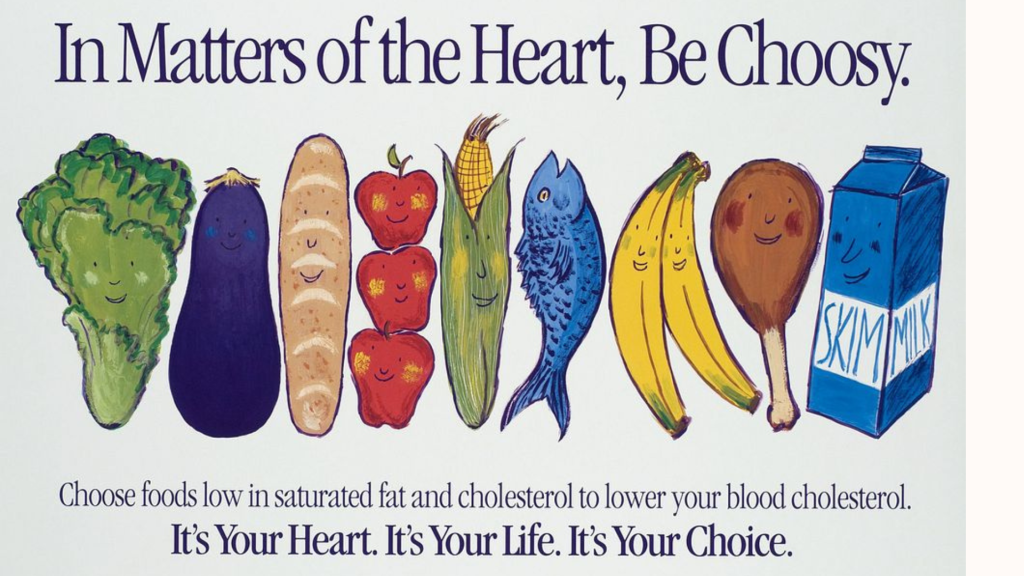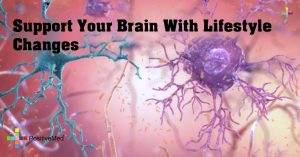
A recent study in the American Heart Association’s Circulation journal unveils the potential heart-healthy benefits of a lesser-known diet – the Portfolio Diet. This unique dietary approach, developed by Canadian researcher Dr. David J.A. Jenkins, places a distinct emphasis on plant-based proteins and has shown promise in lowering the risk of stroke and heart disease. While overshadowed by more popular diets like the Mediterranean and DASH, the Portfolio Diet’s focus on cholesterol-lowering components sets it apart. Let’s explore the intricacies of this diet, its components, research findings, potential drawbacks, and practical tips for those considering its adoption.
Understanding the Portfolio Diet:
- Cholesterol-Lowering Emphasis:
- The Portfolio Diet targets the reduction of “bad” LDL cholesterol, a primary risk factor for heart disease and stroke.
- Dr. Jessica Schachter, an interventional cardiologist, notes its composition of specific plant-based foods renowned for their cholesterol-lowering properties.
- Key Components:
- Developed by Dr. Jenkins, the Portfolio Diet includes:
- Soluble fiber (found in oats, barley, and psyllium)
- Soy protein (present in tofu, tempeh, and soy milk)
- Plant sterols (naturally occurring in lentils, fruits, and vegetables)
- Nuts (such as almonds, peanuts, and walnuts)
Research Insights and Potential Benefits:
- Recent Study Findings:
Published in Circulation, the study analyzed data from over 166,000 women and nearly 44,000 men over 30 years.
High adherence to the Portfolio Diet correlated with a 14% reduced risk of stroke or coronary heart disease.
Cholesterol Reduction Mechanism:
- Dr. Schachter underscores the multifaceted benefits of the diet, particularly its effectiveness in lowering LDL cholesterol.
The diet provides a plant-based alternative for those pursuing a heart-healthy vegetarian lifestyle.
Addressing Drawbacks and Considerations:
- Flexibility vs. Lack of Guidance:
- While the Portfolio Diet offers flexibility by not restricting food categories, experts caution about potential downsides.
- Dr. Bradley Serwer notes that the diet’s emphasis on plant-based choices might be challenging for those unwilling to forgo meat and dairy.
- Individual Considerations:
- Erin Palinski-Wade highlights considerations for individuals with allergies, gastrointestinal issues, kidney disease, a history of eating disorders, or those on long-term medications.
- Specific attention is advised for children, pregnant or lactating individuals, each with unique nutritional needs.
Embarking on the Portfolio Diet: Practical Tips:
- Gradual Transition:
Trista Best recommends a gradual approach, allowing taste buds and the digestive system to adapt to changes for long-term sustainability.
- Meal Planning:
Erin Palinski-Wade suggests creating a meal plan for effective grocery shopping and ensuring a balanced intake of nutrients, emphasizing the role of registered dietitians in tailoring plans.
- Culinary Exploration:
Exploring creative recipes incorporating Portfolio Diet foods can make the dietary shift enjoyable and diverse.
- Portion Control:
While not explicitly guided by the diet, mindful portion control, especially with calorie-dense foods like nuts, is crucial to align with health goals.
- Regular Cholesterol Monitoring:
Regular bloodwork helps assess the diet’s impact on cholesterol levels, providing motivation, accountability, and room for adjustments.
The Portfolio Diet, despite its lesser-known status, emerges as a potential ally in fostering heart health through cholesterol management. As individuals navigate the complexities of dietary choices, understanding the components, research findings, and practical implementation tips becomes paramount. While not a one-size-fits-all solution, the Portfolio Diet invites individuals on a journey of culinary exploration, emphasizing the synergy of health-conscious choices and creative, heart-nourishing meals.





